Hepco – that’s 100 years full of rise & fall, innovation and re-inventions. Already 140 years ago, the parents of Carl Hepcting lead a tannery, in which young Carl discovered his love to leathercraft.
Fate Follows Coincidence
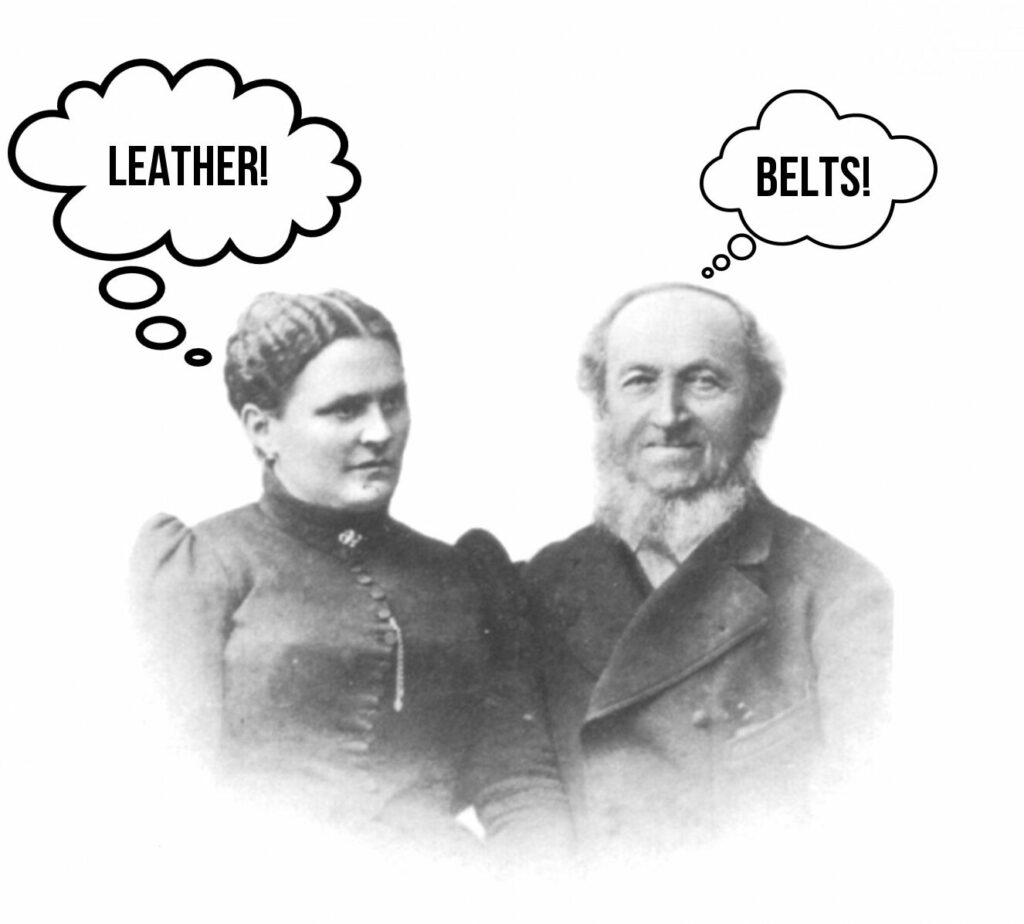
Nah, no heroic entrance here. It is even pure coincidence that the Carl Hepting Manufactory was founded on March 1st, 1922. Carl helped a casual acquaintance and drove him from Prague to Asperg. It turned out that this guy was a big player in the “floor mat industry” – and BOOM, there came the very first order: Leather flooring for Stuttgart’s brand new city trams. Honestly, this doesn’t sound too fashionable yet, right? Wait for it ☕😌
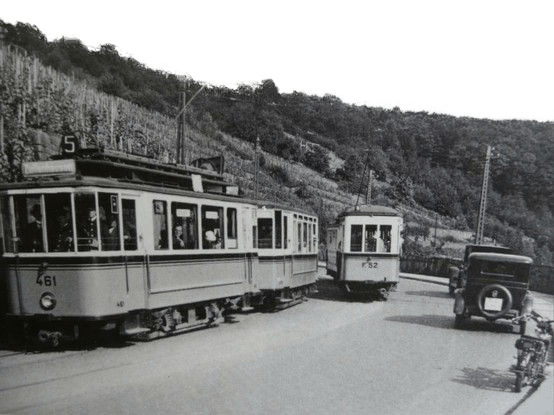
International From The Start
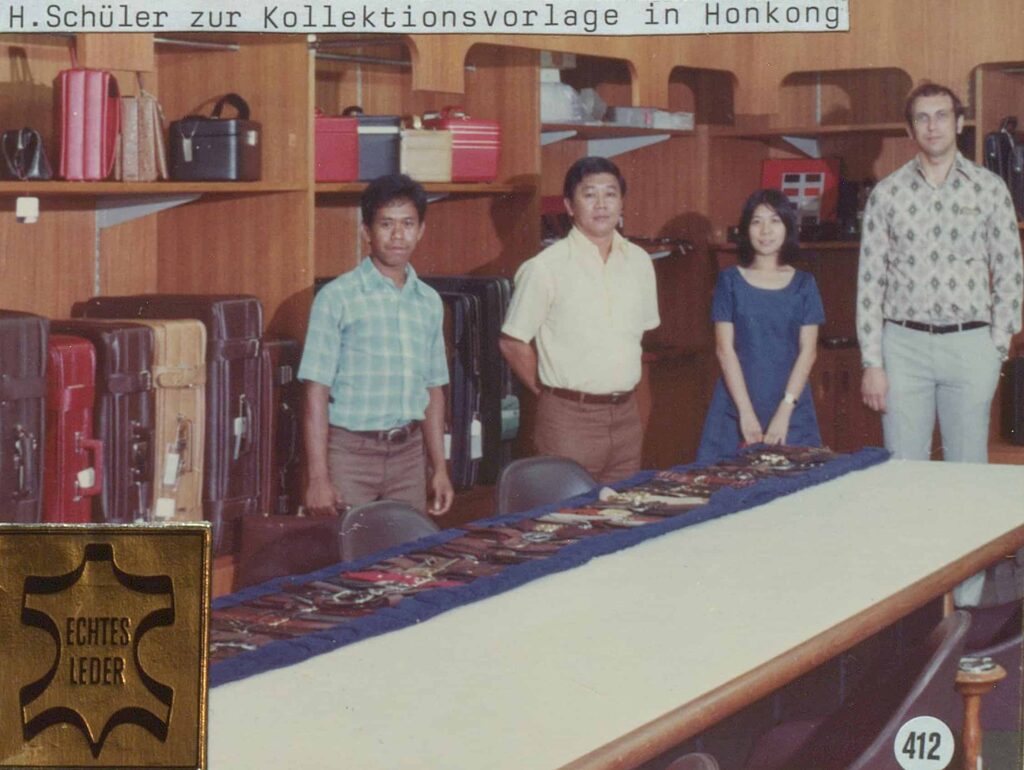
If someone had to describe Hepco with just one word, it would be “international”, and that is not because being “international” sounds buzzy and vogue. From 1920 on, Carl Hepting was travelling between Asia and Africa, Scandinavia and the Balkans. Out of 12 months – so the story goes – he spent at least 9 on the road for business. And Carl was a busy bee, very, veery lively. The contacts he made from his odysseys proved to be the foundation for a company that was making belts belts for the world, right from the get-go.
Hepco And The Belt
– Love At First Sight 👀♥️
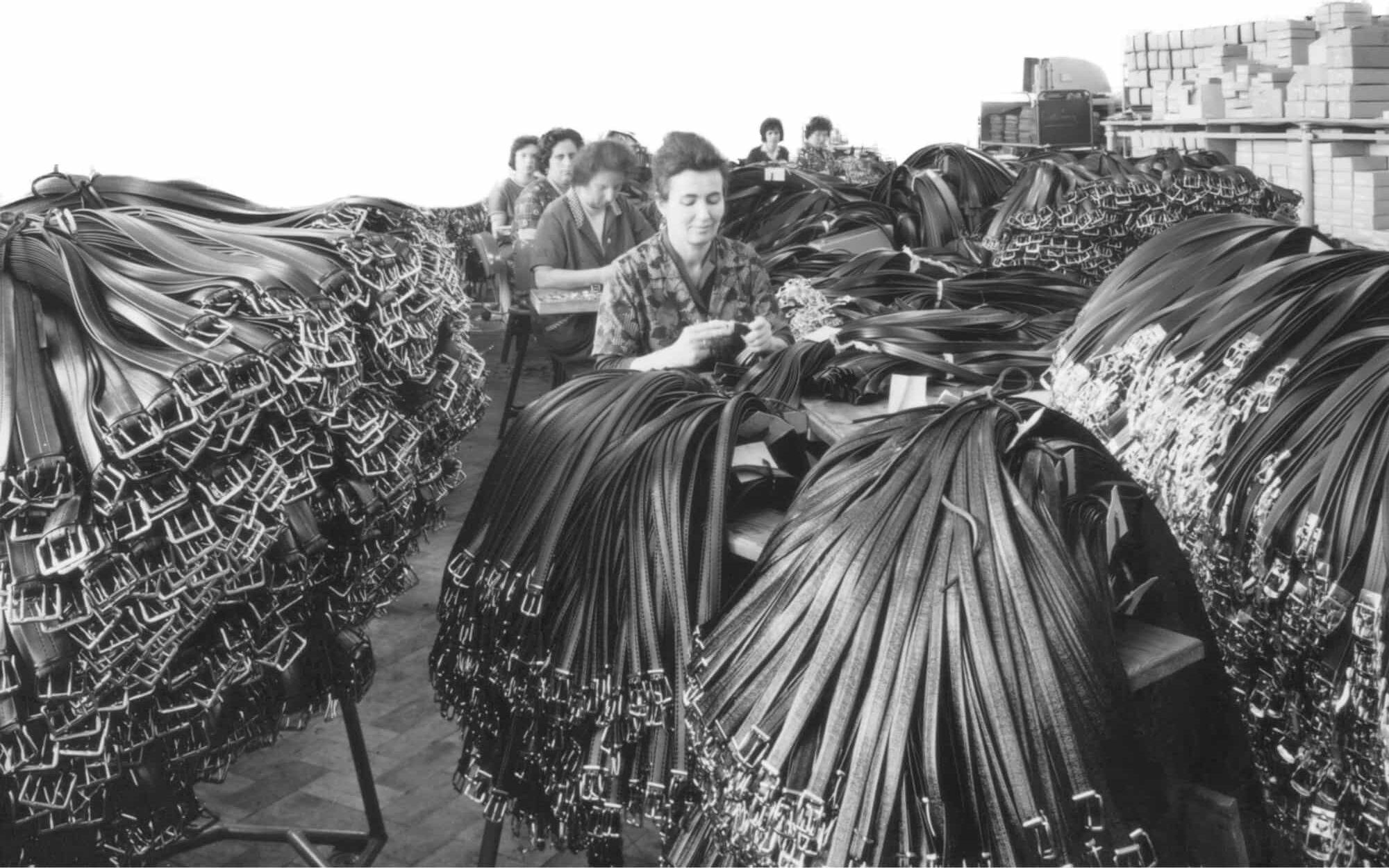
Unsurprisingly, Hepco’s first bestseller, even for the 1920s, had to be odd: A leather belt for colonies??
However, it worked out surprisingly well. So surprising, that the Hepco Company literally exploded.
In just two years, one employee became one hundred, and by the mid-1920s, Hepco’s export accounted for 85% of the total German belt industry.
✨Paris Here We Come✨

The significant export share of Hepco was instrumental in the company’s continued growth throughout the tumultuous 1920s, setting it apart from the rest of the industry.
Meanwhile, Carl Hepting founded Ceintures Modernes, which became Hepco’s French sister company. With the establishment of Ceintures Modernes, Hepco diversified its product line to include “city suitcases”, which became a significant part of the company’s operations.
The Jordanian Royal House,
the Saudi-Arabian Royal Family,
King and Tsar of Bulgaria.…
…were special customers with special wishes.
Kudos to Leopold II. and Ferdinand I. at this point!?
Hepco during World War II
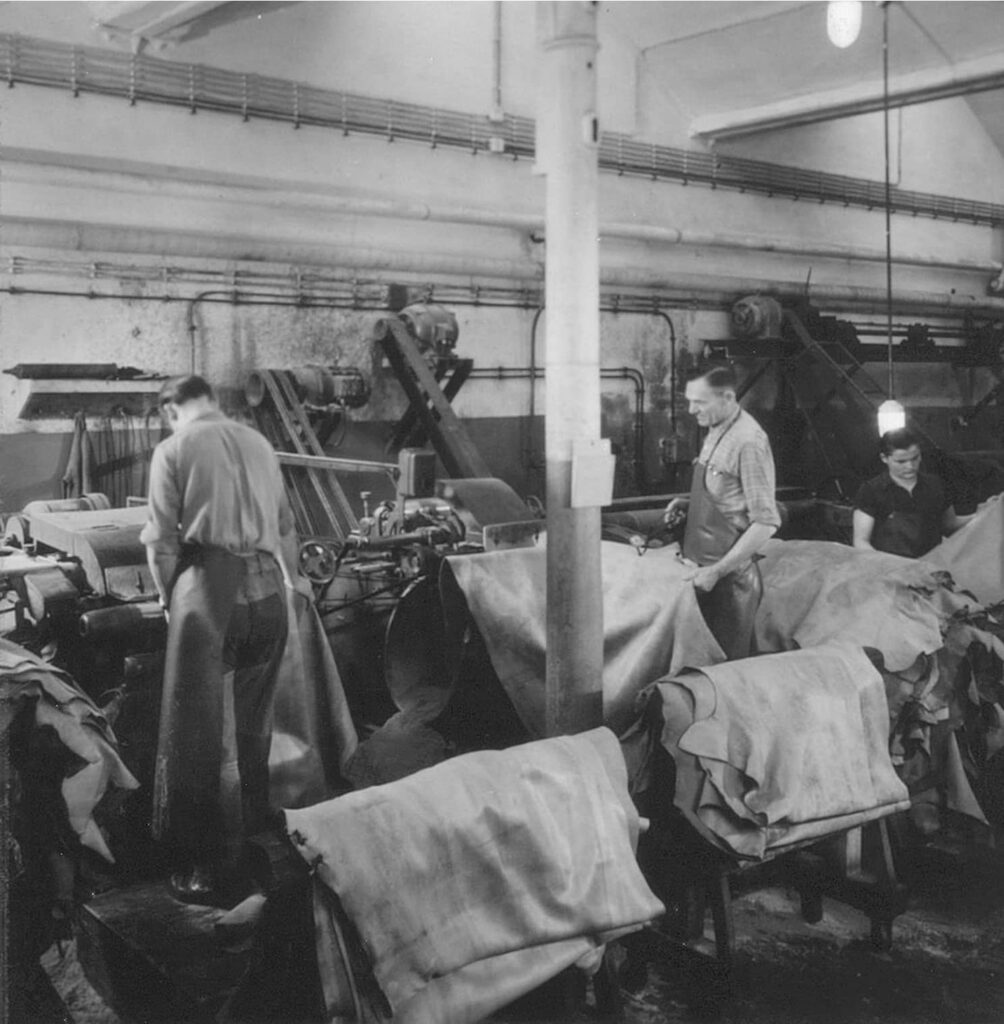
No later than the mid-30s, the playful time was over. From the start, Hepco got in the focus of nazi rearmament organizations. With outbreak of WWII production had to be switched to war mode. The number of employees grew over 1200 until 1941. In 1943 the nazis confiscated almost the entire Hepco areal. Bombs over belts… we all know what this leads to. For Hepco remained only a few small, adjacent rooms. Nevertheless, Hepting and his friends tried to maintain civil production for as long as possible. Ultimately, in 1944, the majority of the large manufactory areal was extensively destroyed.
Rise, Decline, Reinvention
— A returning pattern in Hepco’s industrial history
Just after the war ended in July 1945, production for the occupiying powers was reestablished with a few hundred workers. They knew that the Marbachers produced well crafted goods. And hey, it wouldn’t have been Hepco if it hadn’t manage to slide some of its manufacturing back to civilian needs.
😡 1946: The OUTRAGE 😡
After the Second World War, a lot of opportunities arose quickly, one just had to keep their eyes open. Hepco saw one such opportunity in the photographic industry. Indeed, Hepco was already crafting camera bags in the forties, like the one shown in this picture. In the center is a shot of hundreds of employees making these camera bags.
For a whole world war, Hepco managed to evade unwanted attention . Then it took exactly one year for it to hit the headlines: How could the Germans, just one year after the most devastating war of all time, export high-quality goods again??
At least among the Allies this question popped up, understandably. Especially over in Great Britain, Hepcos first post-war export catalogue in 1946 caused quite a stir. It showed a long list of leather cases, briefcases, college folders, leather handbags, and the belts, which had been produced again after a long time, but in 1946, in the eyes of the British, that list really could have been much shorter.
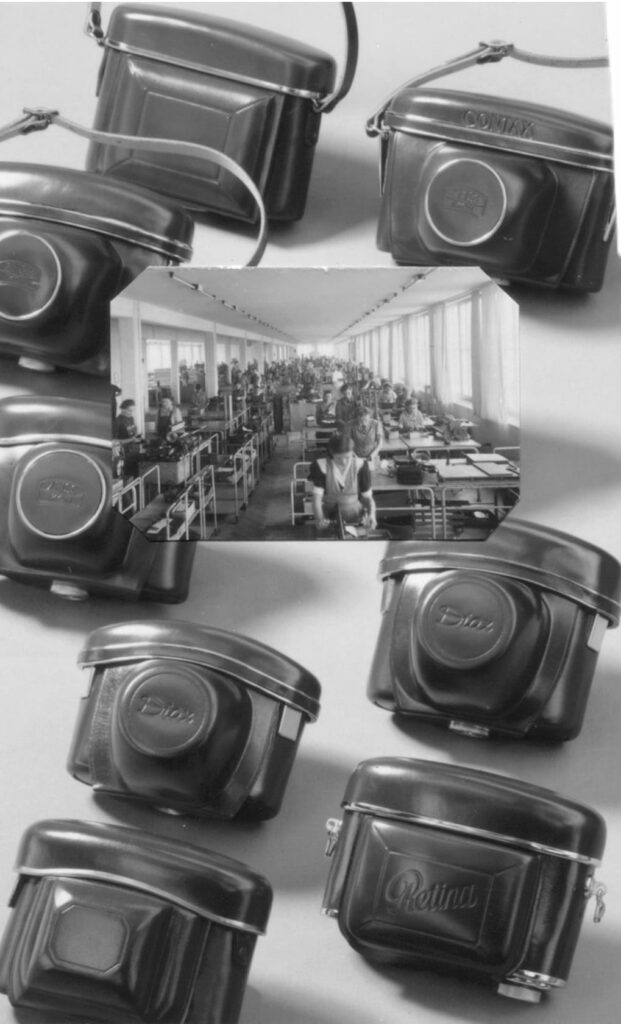
🚀Hepco Rises — an Economic Miracle🚀
Congrats, you’ve made it quite far! ✨ Your interest in history is so impressive, we’d love to chat more with you. Come visit our manufactory in Marbach and mention the codeword: HISTORY’N’STUFF. We’ll brew you a coffee and give you an exclusive tour of everything Hepco-related ❤.
After the end of the Second World War, Hepco was left with nothing. The only way was forward.
To cut a long story short:
Hepco has…
…nothing but a huge pile of dreams.
Hepco hired…
…500 employees.
Hepco participates…
…at the first post-war foreign fair in Basel, Switzerland.
Hepting travelled…
… to New York for the first post-war fair for German companies on American soil.
Funfact: Hepco is a co-founder of “ILM Offenbach”, the oldest fair for leather goods of Germany.
When the leather goods industry finally shifted from Frankfurt to Offenbach, Hepco was at the forefront, co-founding the ‘International Leather Goods Fair Offenbach’. To this day, we are one of the oldest exhibitors still extisting!
🛣 50s & 60s: In the Fast Lane 🛣
Back to the topic at hand. As you might be aware, belts played a minor role in the world of fashion for a long time. But that changed dramatically in the 50s….
What did Hepco do?
Hepco quickly surprised an entire continent’s industry with an exhibition car, transporting the entire Hepco line throughout Europe as a mobile showroom. Just imagine if one of those friendly buses showed up at your place – could you even dare to resist? 😉


Oh la la: Hepco-France was established in the early sixties. We found our way back to Paris, stepping once more into the world of French fashion.
The 70s: Belts for the entire world
In the 70s, Hepco reached its greatest extent. What once was a small manufactory had grown into an international powerhouse, producing tens of thousands of items daily for the global market. In 1973, the most modern suitcase factory of its time was completed in Pfullingen. Every day, up to 5,000 suitcases and 1,000 leather bags rolled off the production line – adding up to over one million leather cases per year. As for the belts, we were churning out about 50,000 units daily. From belts to travel bags, we offered complete travel sets to cater to every journey.

Going Down
At the end of the seventies, the tide began to turn (as we say here in Germany): outsourcing, the rise of fast fashion companies, and international price dumping made budgeting increasingly challenging for Hepco. Increasingly, it became evident: Hepco’s former strength – its focus on exports – was becoming a financial pitfall. As a major producer, Hepco was no longer able to compete under the conditions of the global market. Hepco missed the take-off. The German clothing industry fell prey to the initial wave of globalization, and we weren’t spared. The first bankruptcy at the end of the 80s was followed by a second and final one in 2002. As a consequence the hard-shell suit case division was sold.
From the top to the bottom and back again, it seemed the end was etched in stone.
The Restart
Anyone who thought a mere hiccup, a tiny catastrophe like this could erase Hepco from existence, clearly doesn’t understand how we Stuttgart and Marbach folks tick. A group of Hepco employees (we?😏) bought the belt production out of bankruptcy and carried on, albeit on a smaller scale, with a renewed focus on tradition, design and longevity. All the while, we remained committed to reimagining what a ‘genuine belt’ could truly be.

From a manufactory to a global player and back to a manufactory.
Enough history, let’s finally craft belts after all!